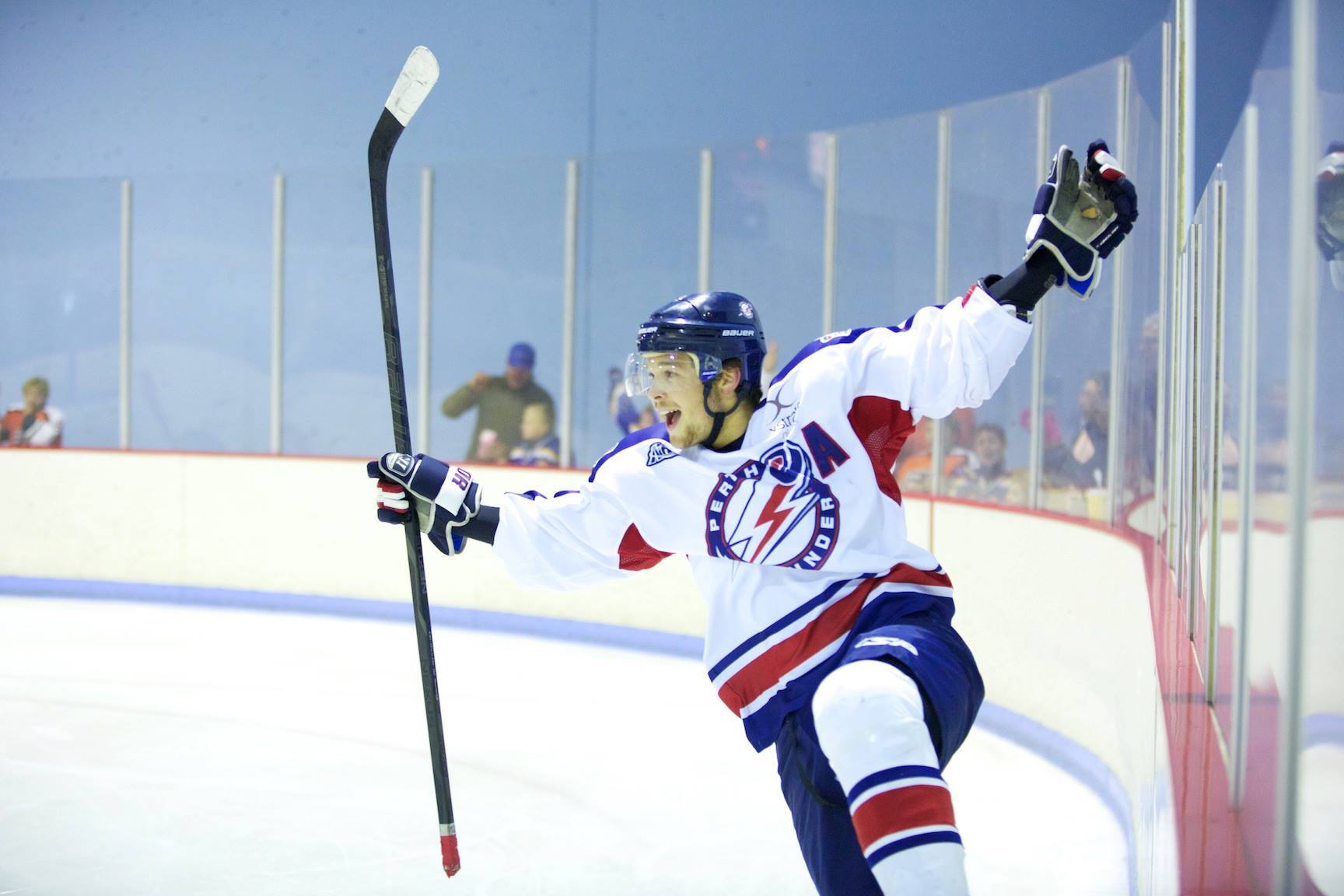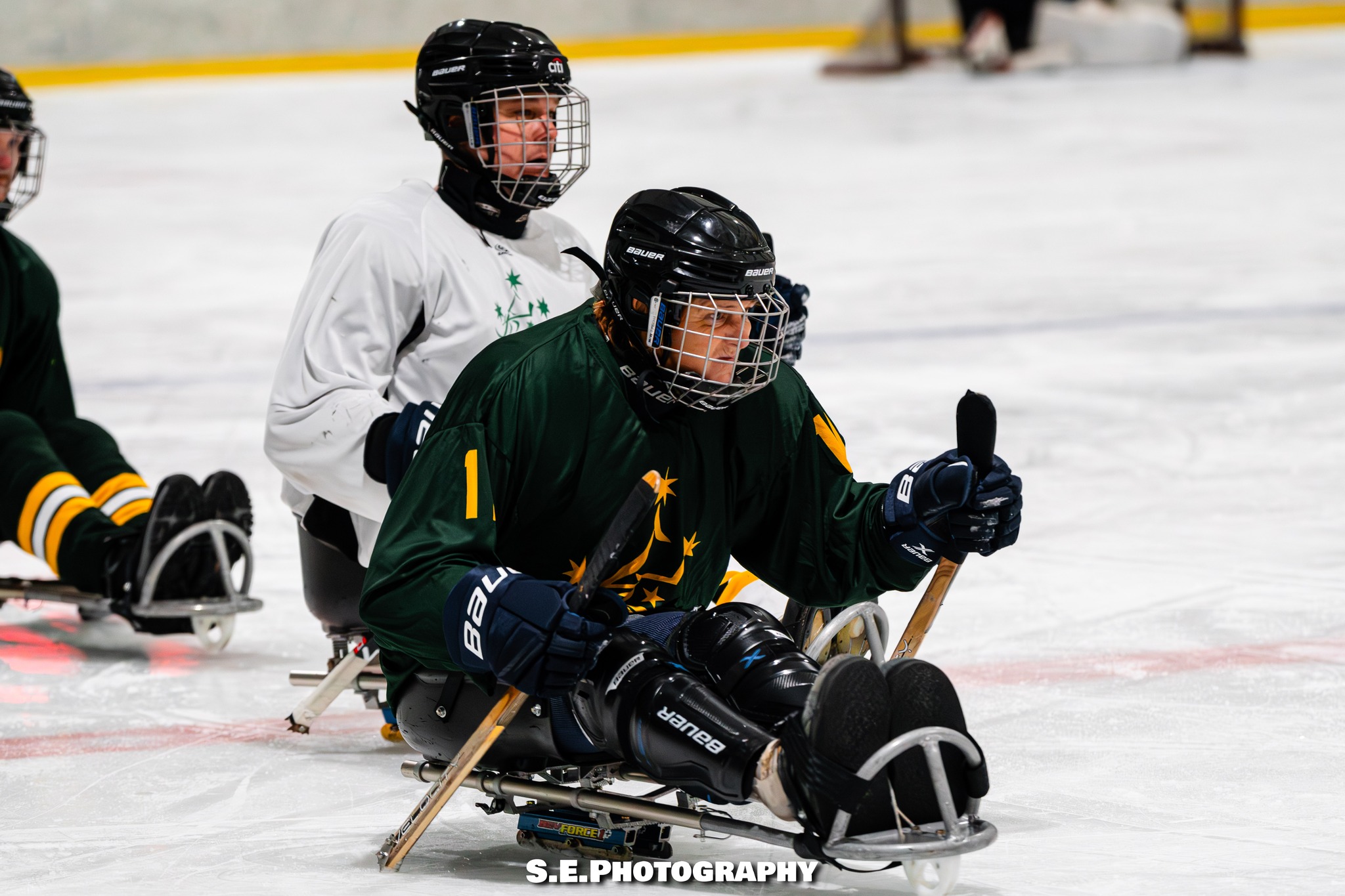Hockey Hype Australia will be tracking key stats from each week’s Australian Women’s Ice Hockey League (AWIHL) action. Whether it’s unsung heroes or gaining insights into why a certain player had an outstanding week, the stats can help reveal factors driving on-ice success.
Ideally, I would cover every single game. However, pragmatically I have only so much time, and for the sake of my family and marriage, I will choose a two-game series each week to dissect. Last weekend, I chose the Perth Inferno and Sydney Sirens series to analyse.
And before I get people in my mentions asking why I haven’t chosen their favourite team or player, please know it’s because I hate them.
Rest assured that we will still double-check every scoring play. Doing so is not to say that our scorers and officials don’t do an outstanding job. It’s remarkable that officials get scoring as accurate as they do while caring for their myriad of on-ice responsibilities.
The National Hockey League (NHL) constantly changes scoring information because the league has the resources to double-check. Illustrating the impact that double-checking each scoring play can have, out of the 20 goals scored across the weekend, 10 goals had incorrect scorer or assist information.
Now, with that disclaimer out of the way, let’s look at three stats that influenced play last weekend.

Selfless skaters
Ice hockey has been called the ultimate team sport. You would be hard-pressed to find a goal scored from the efforts of a single player. In other sports, like football and basketball, a single player is recognised with an assist. However, ice hockey credits up to two players for assists.
As a playmaker, how you are viewed will ultimately be influenced by how often your linemates finish your passes. For instance, the chances of us talking about Christina Julien’s nutmeg pass on the Weekly Wraparound if Emily Davis-Tope doesn’t score are drastically reduced.
However, tracking shot assists – passes directly leading to shots on goal – can help highlight some spectacular performances, even if the box score doesn’t.
Sara Sammons was outstanding in that category, with a whopping 13 shot assists across two games (8 Saturday, 5 Sunday). Linemate Isla Malcolm was second with nine (4 Saturday, 5 Sunday).
Elizabeth Scala was the beneficiary, registering an impressive 24 shots on goal across the weekend (14 Saturday, 10 Sunday). 45 per cent, almost half, of the Inferno’s total shots on goal came off the blade of Scala. You want your most dangerous players with the puck in dangerous areas, and Sammons and Malcolm did their jobs in that regard.
Sarah Edney led the way for the Sirens in that category, setting up teammates nine times for shots on net (1 Saturday, 8 Sunday). Impressively Edney also recorded the most shots across the weekend for Sydney with 16 (10 Saturday, 6 Sunday).

Sasha King
She’s in a category of her own this week. Sasha King saved all 46 shots on her goal on Saturday to earn her fourth career shutout. As Eric Brook commented in his new series From Behind the Glass, it was King’s second shutout in a row after her Trans-Tasman success.
One factor behind King’s success is her ability to control rebounds, and the defence’s ability to clear out the ones she does allow. In Saturday’s contest, 21 out of the 46 (45.7%) saves resulted in no rebound. Sunday, that ratio increased to 17 out of 32 (53.1%) saves resulting in no rebound.
For context, both Ella Licari (30.7%) and Nayoka Wellard (27.3%) trailed King in rebound control. Being able to freeze the puck to allow the defence to change or regroup can make a huge difference. Over the course of a season, even just a few percentage points can have a big impact on the standings.
Shots from rebounds have a higher success rate because they often come from the high-danger area with the defence and goaltender out of position. If King can continue to limit rebounds at a higher-than-league-average rate, the Inferno will be in a good spot.

Rush or cycle?
For the purposes of these statistics, I am using the same methodology as JFresh when determining what is a rush chance, and what is a cycle chance.
A rush chance is a chance generated by entering the zone with possession, retaining possession, and creating a shot on goal within five seconds of the zone entry. Any chance created otherwise, for example, an offensive zone faceoff, turnover created on the forecheck, or loss of possession before the goal, is classified a cycle chance.
Statistically, rush chances have a higher success rate. That’s due to a higher likelihood of breakaways or odd-person chances coming off the rush from turnovers, etcetera.
The Inferno stayed pretty consistent across the weekend, generating 10 rush chances on Saturday (37%), and nine on Sunday (34.6%). That represents a split of about 35.8 % rush chances and 64.2% cycle chances.
In contrast, the Sirens had 19 rush chances on Saturday (41.3%) and 12 rush chances on Sunday (34.3%). Combining those figures gives a 38.3% rate for rush chances and a 61.7% cycle chance ratio.
How were the goals scored you ask? Four scored on the rush, and four scored on the cycle. It’s a small sample size, but Sydney scored two out of its three goals on the rush.
The Sirens’ lone cycle goal came on the powerplay. Sydney will no doubt be looking to increase its ability to score on the cycle at five-on-five.

What does it mean?
At this stage of the season, with just a two-game sample size, it may not mean anything. However, this data is an anchor point to return to later in the season.
Teams will change and shift strategies according to the situation and opponent, and the data will morph accordingly.
Is this article merely an attempt by myself to justify the dozens of hours away from my family during every second of spare time over the last week? Maybe. But it’s a small sample size, and we need more data to draw conclusions, so I’ll see you next week in the next instalment of The Mad Statter.




3 responses to “The Mad Statter – AWIHL Round One”
[…] The Mad Statter – AWIHL Round One by Gordon Goodenough (Hockey Hype Australia, 9 November 2024) […]
[…] (21 on Saturday, 22 on Sunday) but you don’t need to examine Hockey Hype Australia’s Mad Statter, Gordon Goodenough, to note the difference in the defensive efforts they were facing between the […]
[…] first, as mentioned last week, I only have the capacity to cover one series per week. Apologies to Brisbane Lightning and […]